GET A FREE CUSTOMIZED ADVANCED SEO AUDIT & DIGITAL MARKETING STRATEGY NOW!
Search engine optimization (SEO) is the process of improving your website’s visibility in search engine results pages (SERPs) to increase organic traffic and drive conversions. For sliding glass wall companies, SEO can be particularly important as it can help you reach potential customers in need of glass walls or partitions. However, with so many SEO strategies available, it can be challenging to know which ones to implement. In this article, we will discuss the most effective SEO strategies for GlassWall companies to help you rank higher on Google and attract more customers.

⭐️So, Where Should You Begin?
Before diving into the different SEO strategies, it’s important to understand the basics of SEO. SEO is a multifaceted process that involves both technical and creative elements. It includes optimizing your website’s content, technical structure, and off-page factors such as backlinks and social media.
To get started with SEO, you need to identify the right keywords that your target audience is searching for. Keyword research is a critical step in the process as it helps you understand the terms that people are using to find the products or services you offer. Once you have identified the right keywords for your sliding glass wall companies, you can start optimizing your website’s content and structure to rank for those keywords.
⭐️Keyword Research and Analysis
Keyword research is the foundation of any successful SEO strategy. By identifying the right keywords, you can create content that targets the right audience and drives traffic to your website.
⭐️Analyze Competitors’ Keywords and Pages
One effective way to identify the right keywords is to analyze your competitors’ keywords and pages. Look at the keywords they are targeting and the content they are creating. This can help you identify gaps in their strategy that you can capitalize on. One way to identify the right keywords is to analyze your competitors’ keywords and pages. By doing this, you can get a better understanding of what keywords and topics are relevant to your industry and what kind of content is driving traffic to your competitors’ websites. Here are some tools you can use to analyze your competitors’ keywords and pages:
- SEMrush: SEMrush allows you to analyze your competitors’ organic search positions, paid search positions, backlinks, and more.
- Ahrefs: Ahrefs is another tool that can help you analyze your competitors’ backlinks, organic search positions, and paid search positions.
- Google Keyword Planner: Google Keyword Planner is a free tool that can help you identify your competitors’ keywords and get ideas for new keywords to target.
⭐️Create a Keyword Group
Once you have identified the right keywords that represent the offerings of your folding glass wall companies, group them into themes or topics. This will help you create content that is focused on specific topics, making it easier for search engines to understand what your website is about. Here are some tips for creating keyword groups:
- Use Google Keyword Planner to group your keywords by theme or topic.
- Use common sense to group your keywords by topic. For example, if you are a landscaping company, you might group your keywords into topics like “lawn care,” “tree trimming,” and “garden design.”
⭐️Use Long-Tail Keywords
In addition to using short-tail keywords, use long-tail keywords as well. Long-tail keywords are more specific and targeted, which means they are easier to rank for and can drive more qualified traffic to your website. Here are some tips for using long-tail keywords:
- Use tools like Answer the Public and Google Suggest to identify long-tail keywords.
- Use long-tail keywords in your content, meta descriptions, and titles.
- Use long-tail keywords in your website’s navigation and menu.
Overall, keyword research and analysis are critical to the success of your SEO strategy. By identifying the right keywords and creating content that targets the right audience, you can drive more traffic to your website and improve your search engine rankings.
⭐️Results of Optimizing for Long Tail Keywords
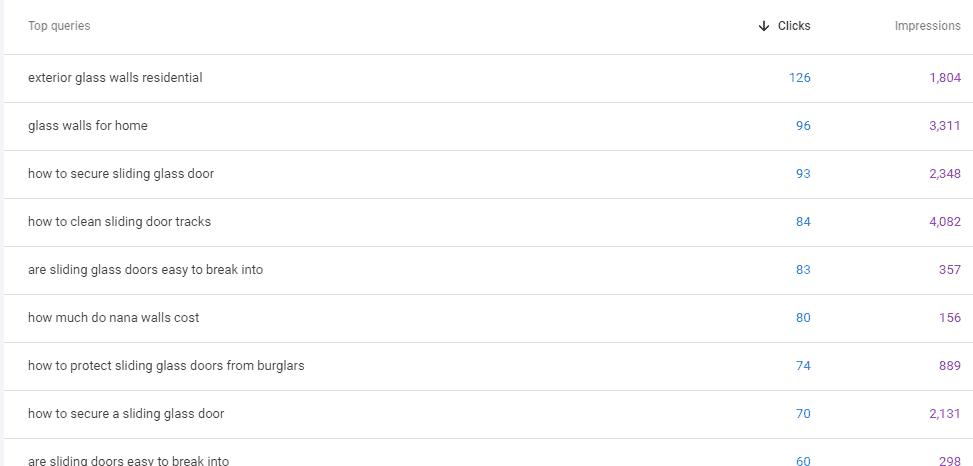
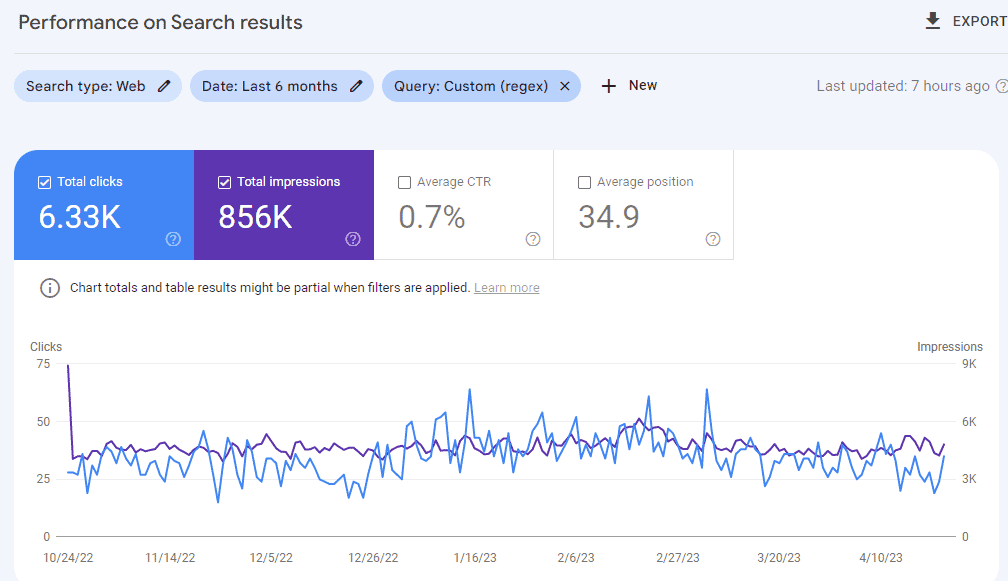
Long Tail Keywords are intent specific and are easier to rank hence can drive valuable and high intent traffic.
⭐️Keyword Research Using KOB Analysis
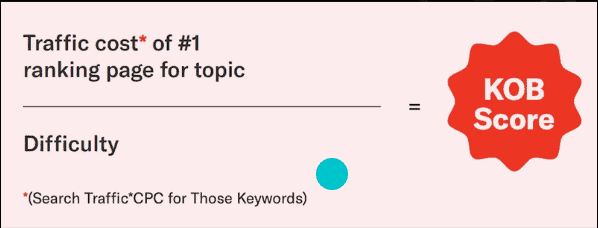
KOB or Keyword Opposition to Benefit is a step-by-step method to research and understand the full scope of topics in a particular niche and prioritize them based on their feasibility to rank and business potential, which is determined by assigning a KOB Score.
No matter your niche, there are always topics worth pursuing and relatively easier to rank.
⭐️First find out some Relevant Keywords
Here are some ways you can research keyword ideas:
- Study the organic keywords for your competitors.
- Use keyword planner to find more keyword ideas
- Use Google Autocomplete and related searches section.
⭐️Finding out the KOB Scores
From Ahrefs, you will get the Traffic Value and the Keyword Difficulty data. Now it’s time to calculate the KOB Score. To put it in a formula, it looks like this:
Traffic Cost = Search Traffic * CPC. You can calculate it from Ahrefs.
Difficulty you can get from Ahrefs.
⭐️Finding out the actual KOB Scores
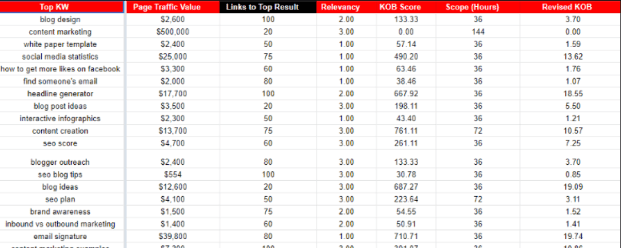
⭐️Eliminate Higher Difficulty Keywords
We still need to find qualifying opportunities for our content marketing efforts. The best way to start is to eliminate all keywords with a keyword difficulty higher than your Ahref DR rating.
⭐️Add a Scope of Hours to Each Topic
With the remaining number of topics, you can add a scope of hours, which is an average estimation of the total time required to create all the necessary content to cover the topic completely.
⭐️Content Creation and Optimization
Creating high-quality, comprehensive content is one of the most effective ways to rank higher on Google. Your content should be informative, engaging, and focused on the topics and keywords you want to rank for. Here are some strategies to help you create and optimize your content.
⭐️Create High-Quality, Comprehensive Content
Creating high-quality, comprehensive content based on the product offerings of folding glass wall companies is key to ranking higher on Google. Your content should be informative, engaging, and provide value to your target audience. Aim for content that is at least 1,000 words and covers the topic in-depth.
- Conduct thorough research on the topic you want to write about to ensure that your content is comprehensive and informative.
- Use credible sources to back up your claims and provide value to your target audience.
- Consider using visuals such as images, infographics, or videos to make your content more engaging.
- Break up your content into sections with subheadings to make it easier to read and understand.
⭐️Use Topic Clusters to Boost Your SEO
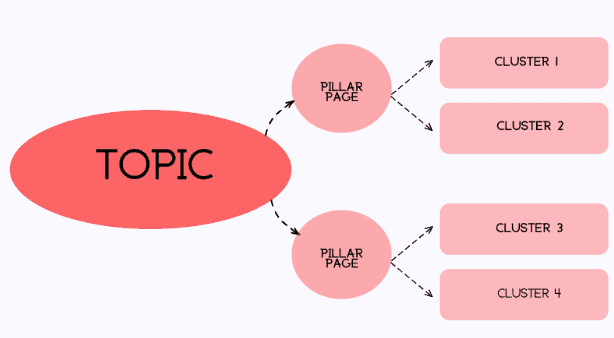
Topic clusters are a group of interlinked articles that cover a specific topic in-depth. By linking your articles together, you can signal to search engines that your website is an authority on that topic. Use tools like HubSpot’s Content Strategy Tool to create topic clusters.
- Identify a core topic or keyword that you want to rank for and create a piece of content focused on that topic.
- Create related pieces of content that expand on subtopics related to your core topic.
- Link your related content to your core topic piece and to each other to create a topic cluster.
- Use internal linking to make it easy for users and search engines to navigate between your related pieces of content.
⭐️Use Keyword-Rich URLs
When creating new pages or blog posts for frameless glass wall companies, use keyword-rich URLs that describe the content of the page. This can help search engines understand what the page is about and improve your chances of ranking higher for your target keywords.
- Use keywords in your URLs to help search engines understand what your content is about.
- Keep your URLs short and descriptive, avoiding unnecessary words or characters.
- Use hyphens to separate words in your URLs instead of underscores or spaces.
⭐️Focus on Content Creation
Creating new content regularly is important for SEO as it signals to search engines that your website is active and relevant. Aim to create at least one new piece of content per week. This can be a blog post, video, or infographic.
- Set a content creation schedule and stick to it to ensure that you are regularly producing new content.
- Monitor your website analytics to see which types of content are most popular and adjust your content creation strategy accordingly.
- Repurpose old content into new formats such as infographics, podcasts, or social media posts to save time while still producing valuable content.
⭐️Consider Republishing Content
If you have old content that is still relevant and valuable, consider republishing it with updated information. This can help you attract new traffic to your website and improve your search engine rankings.
- Check your website analytics to identify which pieces of content are performing well.
- Update the content with new information, images, or statistics to make it more relevant.
- Republish the updated content and promote it on your social media channels or email newsletter to attract new traffic.
⭐️Use YouTube for SEO
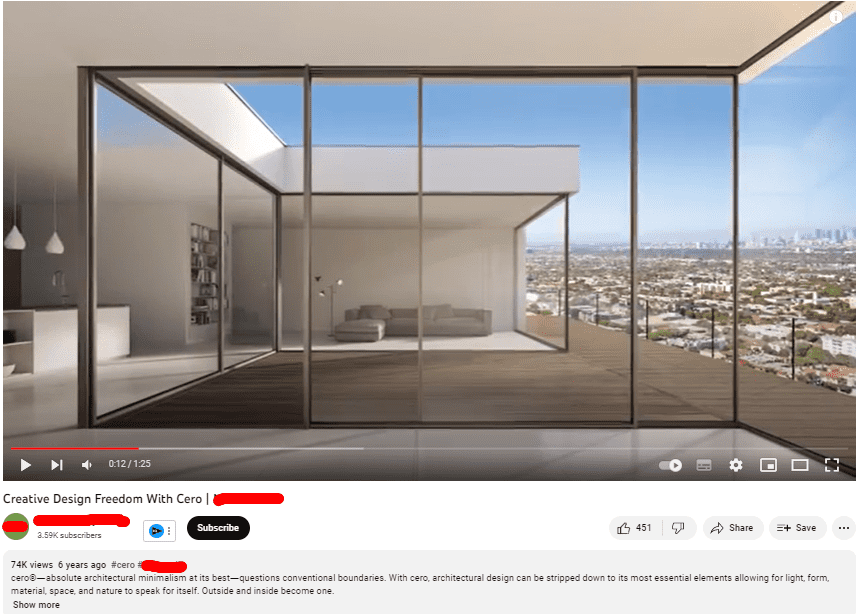
YouTube is the second largest search engine in the world and can be an effective way to drive traffic to your website. Create videos that provide value to your target audience and optimize them for keywords and topics related to your business.
- Conduct keyword research to identify popular topics related to your business and create videos focused on those topics.
- Optimize your videos by including keywords in the video title, description, and tags.
- Include a call-to-action at the end of your video to encourage viewers to visit your website or subscribe to your channel.
Optimize for Voice Search
Voice search is becoming increasingly popular, and optimizing your website for voice search can help you reach more customers. Use natural language and long-tail keywords in your content to optimize for voice search.
- Use natural language in your content to match how people typically speak when using voice search.
- Focus on long-tail keywords that people are more likely to use in voice search queries.
- Include a FAQ section on your website that answers common questions related to your business to provide valuable information for voice search users.
Technical SEO
Technical SEO refers to the optimization of the technical elements of your website to improve its search engine rankings. Here are some strategies to help you improve your website’s technical SEO.
⭐️Use Schema Markup
Schema markup is a type of structured data that helps search engines understand the content of your website. By using schema markup, you can improve your chances of appearing in rich snippets and other types of search results. Here are some tips for using schema markup:
- Use the appropriate schema markup for your content, such as articles, products, and reviews.
- Test your schema markup using Google’s Structured Data Testing Tool to ensure it’s implemented correctly.
- Update your schema markup regularly to reflect changes to your content.
Implement Google AMP
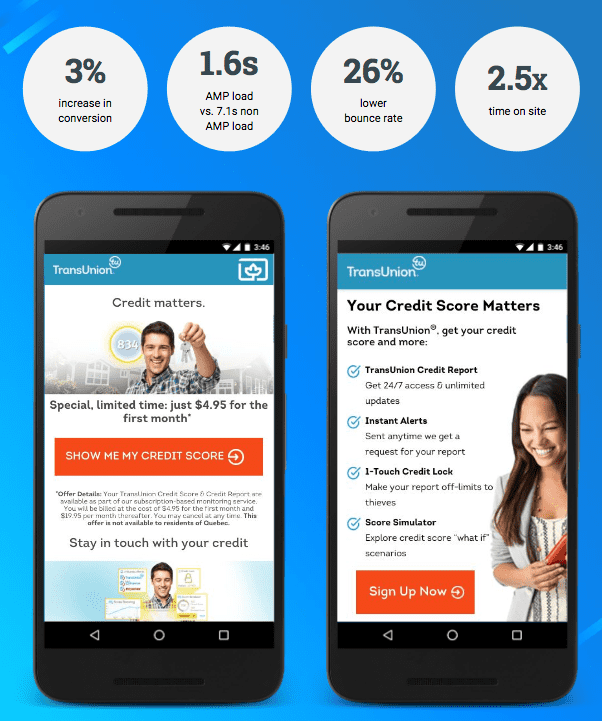
Google AMP (Accelerated Mobile Pages) is a framework that allows you to create fast-loading mobile pages. Implementing Google AMP can improve your website’s mobile experience and improve your search engine rankings. Here are some tips for implementing Google AMP:
- Use a responsive design that adapts to different screen sizes.
- Use AMP HTML to create lightweight, fast-loading pages.
- Test your AMP pages using Google’s AMP Test to ensure they’re implemented correctly.
⭐️Improve Site Speed and Performance
Site speed and performance are critical factors in SEO. Slow-loading pages can hurt your search engine rankings and drive away potential customers. Use tools like Google PageSpeed Insights to identify and fix issues that are slowing down your website. Here are some tips for improving site speed and performance:
- Use a fast and reliable web hosting service.
- Optimize your images and other media files to reduce their size.
- Minimize the use of external scripts and plugins that can slow down your website.
⭐️Focus on Mobile-First Indexing
Mobile-first indexing means that Google uses the mobile version of your website to index and rank it in search results. Make sure your website is mobile-friendly and optimized for mobile-first indexing. Here are some tips for optimizing your website for mobile-first indexing:
- Use a responsive design that adapts to different screen sizes.
- Ensure that your mobile pages have the same content as your desktop pages.
- Optimize your website’s loading speed on mobile devices.
⭐️Add a Sitemap
A sitemap is a file that lists all the pages on your website. Adding a sitemap to your website can help search engines crawl and index your pages more efficiently. Here are some tips for creating and submitting a sitemap:
- Use an online sitemap generator to create your sitemap.
- Submit your sitemap to Google Search Console and Bing Webmaster Tools.
- Update your sitemap regularly to reflect changes to your website’s content.
⭐️Off-Page SEO
Off-page SEO refers to the optimization of factors outside of your website that can impact your search engine rankings. Here are some strategies to help you improve your off-page SEO.
⭐️Build Quality Backlinks
Backlinks are links from other websites to your website. Building quality backlinks can improve your search engine rankings and drive more traffic to your website. Focus on building backlinks from high-quality websites in your industry.
- Use tools like Ahrefs, Moz, or SEMrush to research high-quality websites in your industry that could link back to your content.
- Consider guest blogging on relevant websites in your industry to earn backlinks to your website.
- Focus on creating valuable, shareable content that others would want to link to.
- Avoid buying links or participating in link schemes, as this can hurt your search engine rankings.
⭐️Use Social Media to Boost SEO
Social media can be an effective way to promote your content and attract more backlinks to your website. Share your content on social media and engage with your followers to build your online presence.
- Choose the social media platforms that are most relevant to your industry and audience.
- Share your content regularly on social media and use relevant hashtags to increase visibility.
- Engage with your followers by responding to comments and questions, and sharing content from other relevant sources.
- Encourage others to share your content by making it easy to share and providing incentives (such as discounts or exclusive content) for those who do.
⭐️Use Internal Linking
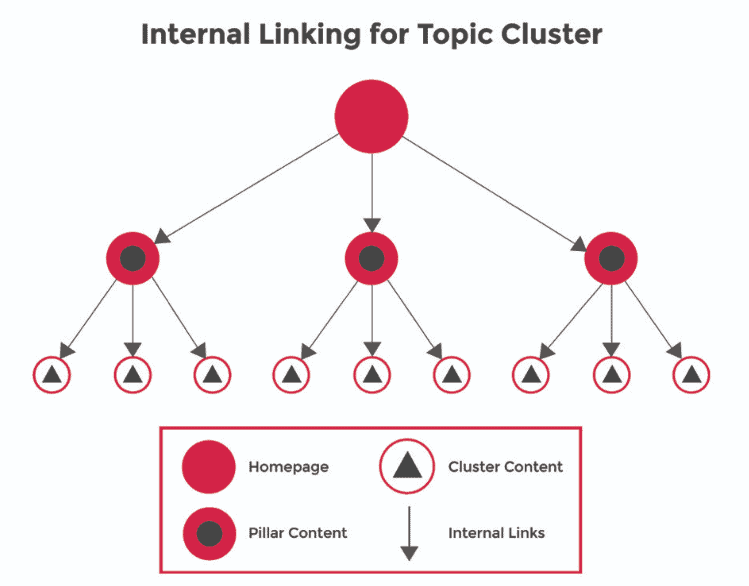
Internal linking means linking to other pages on your website. Internal linking can help search engines understand the structure of your website and improve your search engine rankings.
- Use descriptive anchor text when linking to other pages on your website.
- Ensure that your internal links are relevant and helpful to the user.
- Use tools like Google Analytics to track how users navigate through your website and adjust your internal linking strategy accordingly.
- Avoid overusing internal links, as this can make your content appear spammy.
⭐️Create Quality Meta Descriptions
Meta descriptions are the snippets of text that appear below your website’s title in search results. Creating high-quality meta descriptions can improve your click-through rate and drive more traffic to your website.
- Keep your meta descriptions concise (around 155 characters) and use relevant keywords.
- Write compelling copy that entices users to click through to your website.
- Avoid using duplicate meta descriptions across multiple pages on your website.
- Use tools like Yoast SEO or Moz to check the quality of your meta descriptions and improve them as needed.
⭐️Optimize for Google’s “People Also Ask”
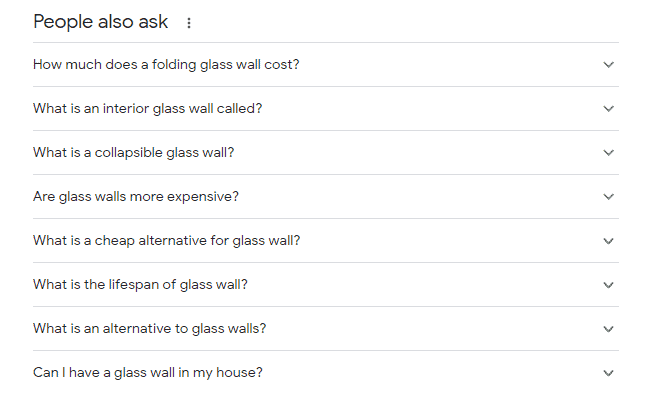
Google’s “People Also Ask” feature displays related questions and answers to the search query. Optimizing your content to appear in this feature can improve your website’s visibility and drive more traffic to your website.
- Research the most common questions related to your industry and create content that answers these questions.
- Use headers (H1, H2, etc.) to organize your content and make it easier for search engines to understand.
- Use relevant keywords in your content and ensure that your answers are comprehensive and helpful.
- Monitor your search engine rankings and adjust your content strategy as needed to improve your chances of appearing in the “People Also Ask” feature.
⭐️User Experience
User experience (UX) is the overall experience that a user has when interacting with your website. Improving your website’s UX can help you attract more customers and improve your search engine rankings. Here are some strategies to help you improve your website’s user experience.
⭐️Focus on User-Friendly Design:
More and more users are accessing websites on their mobile devices, so it’s essential to ensure your website is user-friendly. Here are some tips for creating a mobile-friendly website:
- Use responsive design: This will ensure that your website looks good and functions well on all devices, including smartphones and tablets.
- Optimize images and videos: Large media files can slow down your website, so make sure to compress your images and videos.
- Use a mobile-friendly font: Choose a font that is easy to read on a small screen.
⭐️Make Your Site Mobile-Friendly:
Making your website mobile-friendly is a critical component of UX and can also improve your search engine rankings. Here are some tools and tips for creating a mobile-friendly website for sliding glass wall companies:
- Use Google’s Mobile-Friendly Test: This tool will identify and fix issues that are impacting your website’s mobile experience.
- Optimize your website’s loading speed: A slow-loading website can frustrate users and lead to higher bounce rates.
⭐️Utilize Google Search Console:
Google Search Console is a free tool that can help you monitor and improve your website’s search engine rankings. Here are some ways to use Google Search Console to improve your website’s user experience:
- Identify technical issues: Google Search Console can help you identify technical issues that may be impacting your website’s performance, such as broken links or crawl errors.
- Monitor your website’s performance: Use Google Search Console to monitor your website’s search engine rankings and traffic.
- Optimize your content for search: Google Search Console can provide insights into how users are finding your website, which can help you optimize your content for search.
⭐️Image SEO
Image SEO is the practice of optimizing images on your website to improve their visibility in search engine results. Here are some tips for optimizing your website’s images:
- Use descriptive file names: Rename your image files to something descriptive and relevant to the image’s content.
- Use alt text: Alt text is a text description that appears when an image can’t be displayed. Use alt text to describe the image’s content and include relevant keywords.
- Optimize image size: Large image files can slow down your website’s loading time. Optimize your images to reduce their file size without sacrificing quality.
- Use captions: Captions provide context for your images and can help improve user engagement.
- Use structured data: Structured data can help search engines understand the context and content of your images, which can improve their visibility in search results.
⭐️Augmented Reality SEO
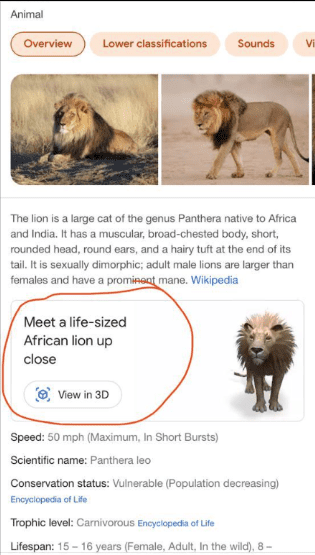
Augmented Reality (AR) SEO is the practice of optimizing AR content for search engines. AR content includes 3D models, animations, and other interactive digital content that can be overlaid onto the real world. Here are some tips for optimizing your AR content for search engines:
- Use descriptive file names: Similar to image SEO, rename your AR content files to something descriptive and relevant to the content.
- Use structured data: Use structured data to provide search engines with more information about your AR content, such as its size, format, and type.
- Use relevant keywords: Incorporate relevant keywords into your AR content’s file names, descriptions, and metadata.
- Optimize loading time: AR content can be large and complex, which can slow down your website’s loading time. Optimize your AR content to reduce its file size and improve its loading time.
- Provide context: Provide context for your AR content by including descriptive text or images that explain what the user is seeing or experiencing. This can improve user engagement and help search engines understand the content of your AR.
⭐️Some Advanced Search Engine Optimization Strategies
⭐️WebP and Image SEO Optimization
When one is working in a highly niche product business like GlassWall, one cannot ignore the significance of high quality images. Trust me, using high quality and high resolution images is key factor in driving engagement in your website.
However there is a downside of using high resolution images and that is the size gets too big which affects performance. Most webmasters make the mistake of compressing their images without restrictions. That leads to loss of quality and a bad user experience. While you cannot host big sized images on your website, you also cannot compromise on quality. So whats the solution?
Using WebP Image format can help a lot in this situation. According to Google, WebP is a modern image format that provides superior compression for images on the web.
What this essentially means that the webmasters can create smaller images that are visually indistinguishable from their larger counterparts. Whats best is that it supports lossless compression which is the main point of using these image formats and contains an alpha channel for transparency, which means it an also compress PNG images and keep the transparent background.
⭐️Difference between Lossy and Lossless Compression

Lossless compression

Lossless compression
⭐️Main Benefits of WebP Format
- WebP lossless images are 26% smaller in size compared to PNGs.
- WebP lossy images are 25-34% smaller than comparable JPEG images
- Lossless WebP supports transparency (also known as alpha channel) at a cost of just 22% additional bytes.
- Lossy, lossless and transparency are all supported in animated WebP images, which can provide reduced sizes compared to GIF and APNG.
⭐️ChatGPT and Voice Search Optimization
ChatGPT has been a revolutionary innovation by Open AI and has overcomed many of the shortcomings with voice search and chat based search behaviors that existed with most search engines including Google.
Essentially the main problem was that while search engine can list the most relevant result from the internet based on a search query, it lacks ability to follow up on a conversation.
Information obtained from a continous interaction like a conversation is often much more helpful to a user since many times, users don’t have a clue on what to search. Chat GPT and other voice search integrations like Bing Chat have eliminated this problem by introducing the chat based AI model that can interact with the user while answering any query or questions. They can not only follow up on a conversation but can train themselves to personalise their responses as per the user’s conversation history.
With such innovation, many people now use ChatGPT for researching brands and products. With over 100 Millon users, this is the fastest growing platform.
Hence it has become crucial for businesses to make their brands show up in ChatGPT and other Voice searches. Glass Wall companies can really benefit from these
⭐️How to Optimize for Voice Search and ChatGPT?
In order to improve the chances of making any brand appear in search engines, it is important that we work on creating and entity of the brand in search engines. This entity once established contains knowledge panel of information around that particular product or brand and is used to serve various structured data in the SERP.
⭐️Using Structured Data Markup
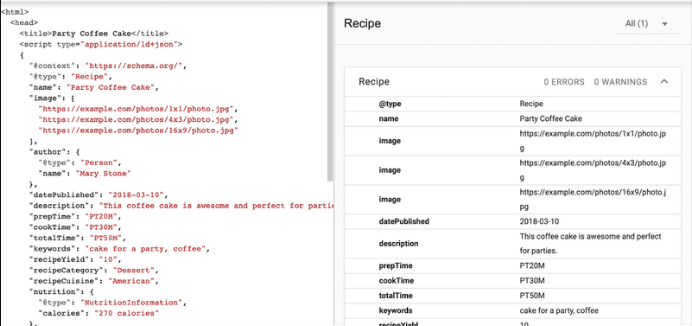
Structured data helps search engines understand the content on your site and can help your content appear in voice search results.
⭐️Local Search Optimization
Some Tactics are:
- Create locally targeted landing pages
- Create an Optimize Local Assets like Google mY Business, Bing Placeses and Yelp.com.
Being listed in the top directory sites signals to google that the business is legitimate and increases the chances of creating an entity for the business.
⭐️Optimize Page Loading Speed
Page Load is a Crucial Factor in Voice Search Optimization.
One way to ensure optmize loading performance is to ensure your LCP Core Web Vital is below 2.5s.
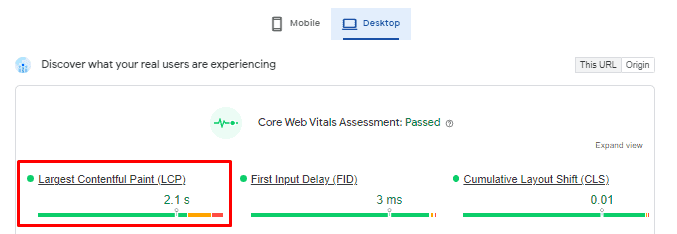
⭐️Optimizing for Featured Snippet
Since Voice Search demands quick answers to questions its crucial to optimize your posts for voice search. Here are some tactics to do that:
- Include FAQs
- Optimize Headers with Questions
- Write in Active voice and in conversational tone.
- Use FAQ Schema
Conclusion
SEO is a complex and ever-evolving field, but by implementing the strategies outlined in this article, you can improve your website’s search engine rankings and attract more targeted traffic to your website. Remember to focus on creating high-quality content, optimizing your website’s technical elements, and providing a positive user experience to your visitors. With dedication and persistence, you can achieve your SEO goals and drive more business to your sliding glass wall companies.

Thatware | Founder & CEO
Tuhin is recognized across the globe for his vision to revolutionize digital transformation industry with the help of cutting-edge technology. He won bronze for India at the Stevie Awards USA as well as winning the India Business Awards, India Technology Award, Top 100 influential tech leaders from Analytics Insights, Clutch Global Front runner in digital marketing, founder of the fastest growing company in Asia by The CEO Magazine and is a TEDx speaker and BrightonSEO speaker.


